QUINTE INTERNATIONAL AIRSHOW 2016 - Canadian Forces Base (CFB) Trenton
Update: 2020/03/29 by Shawn Clish / CHK6
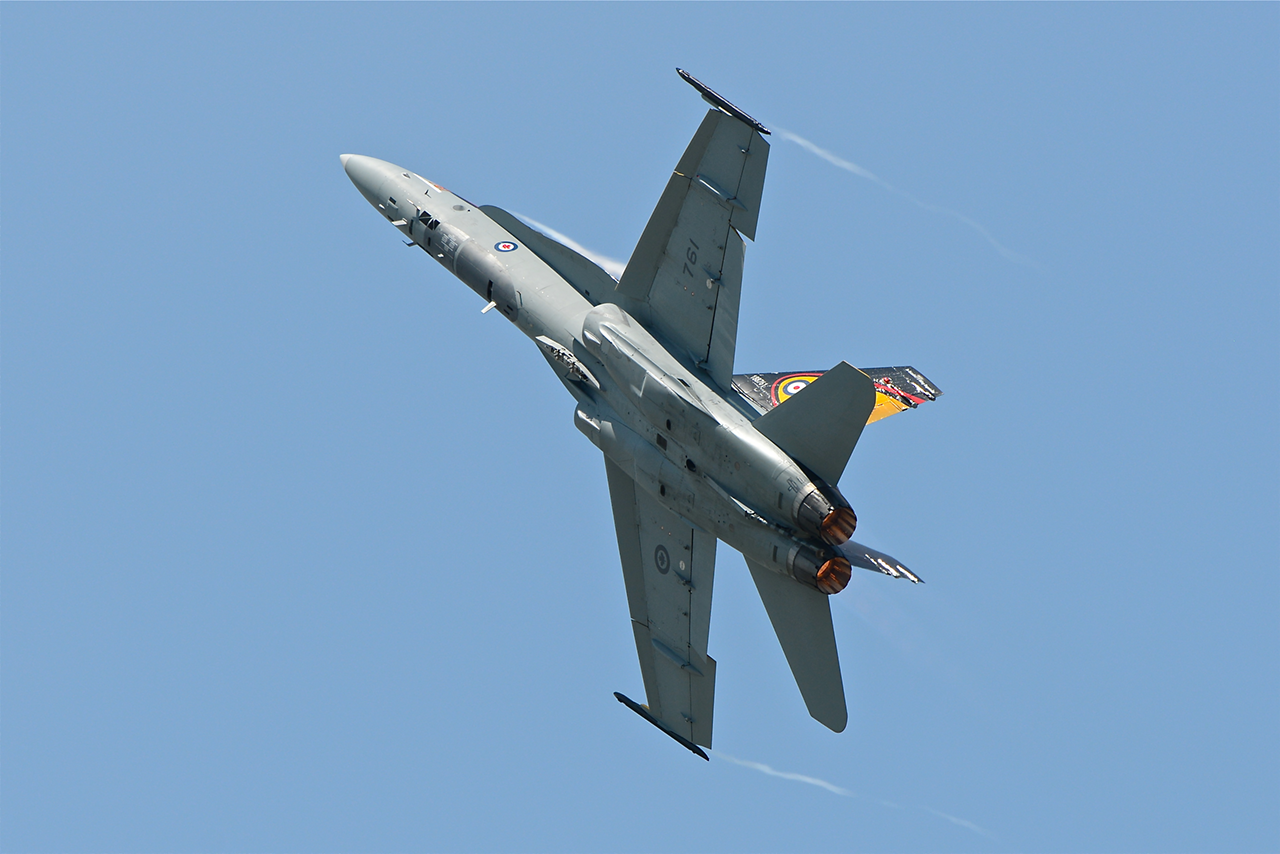
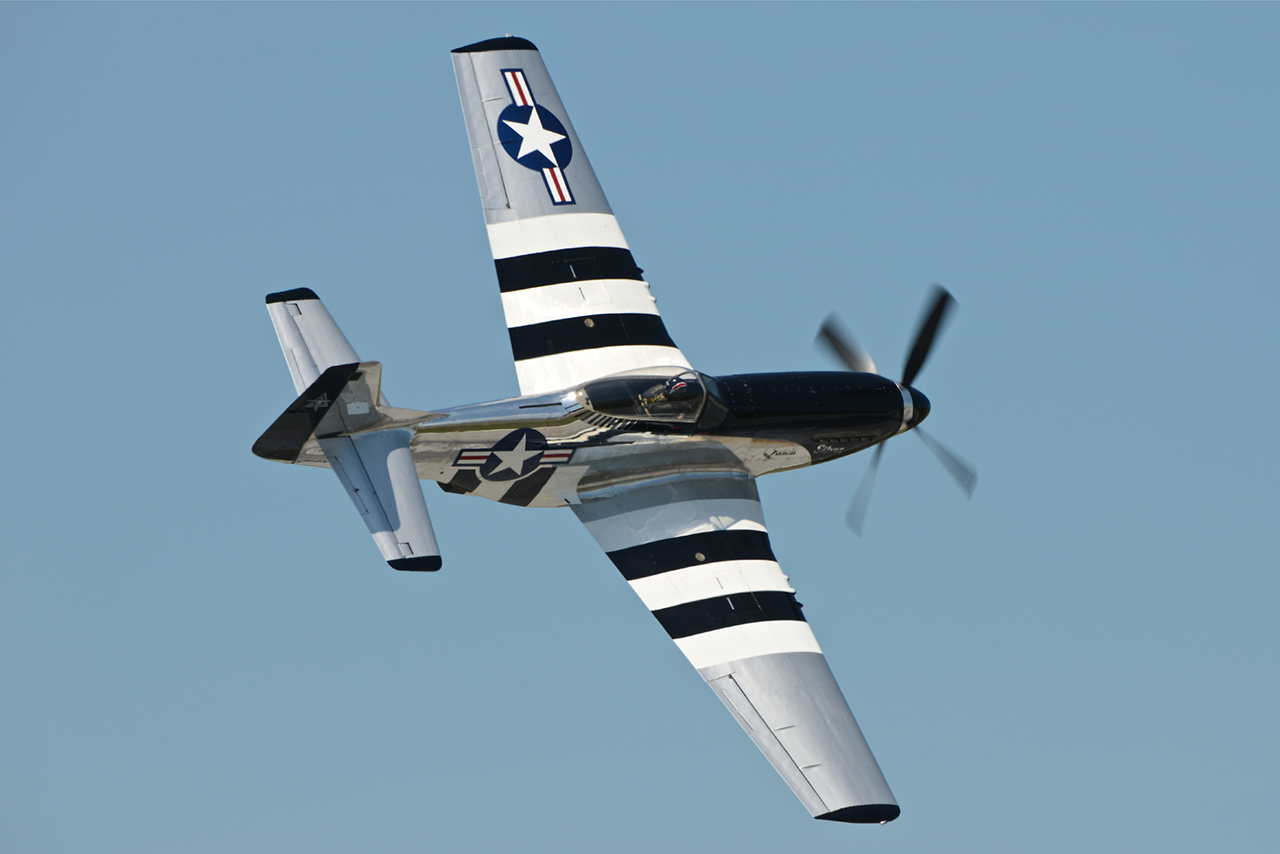
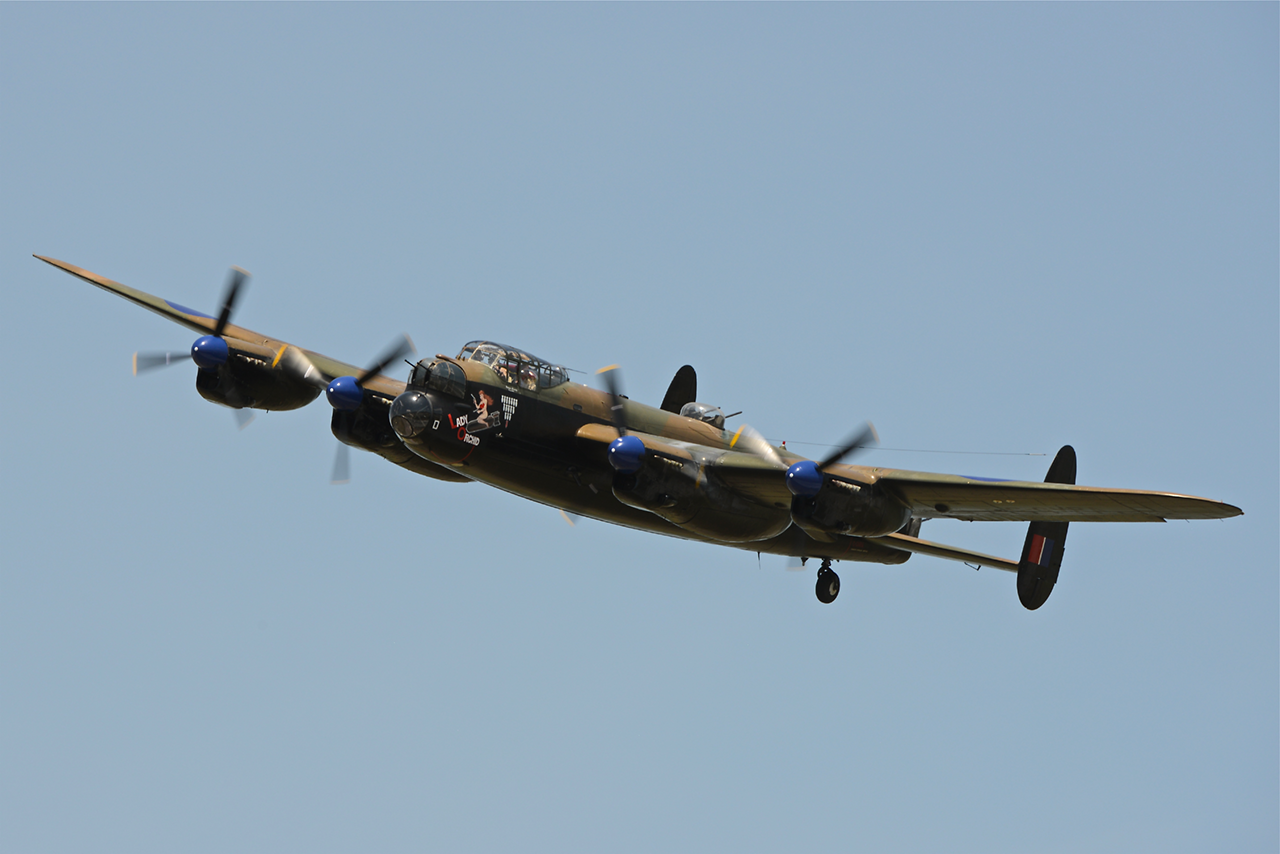
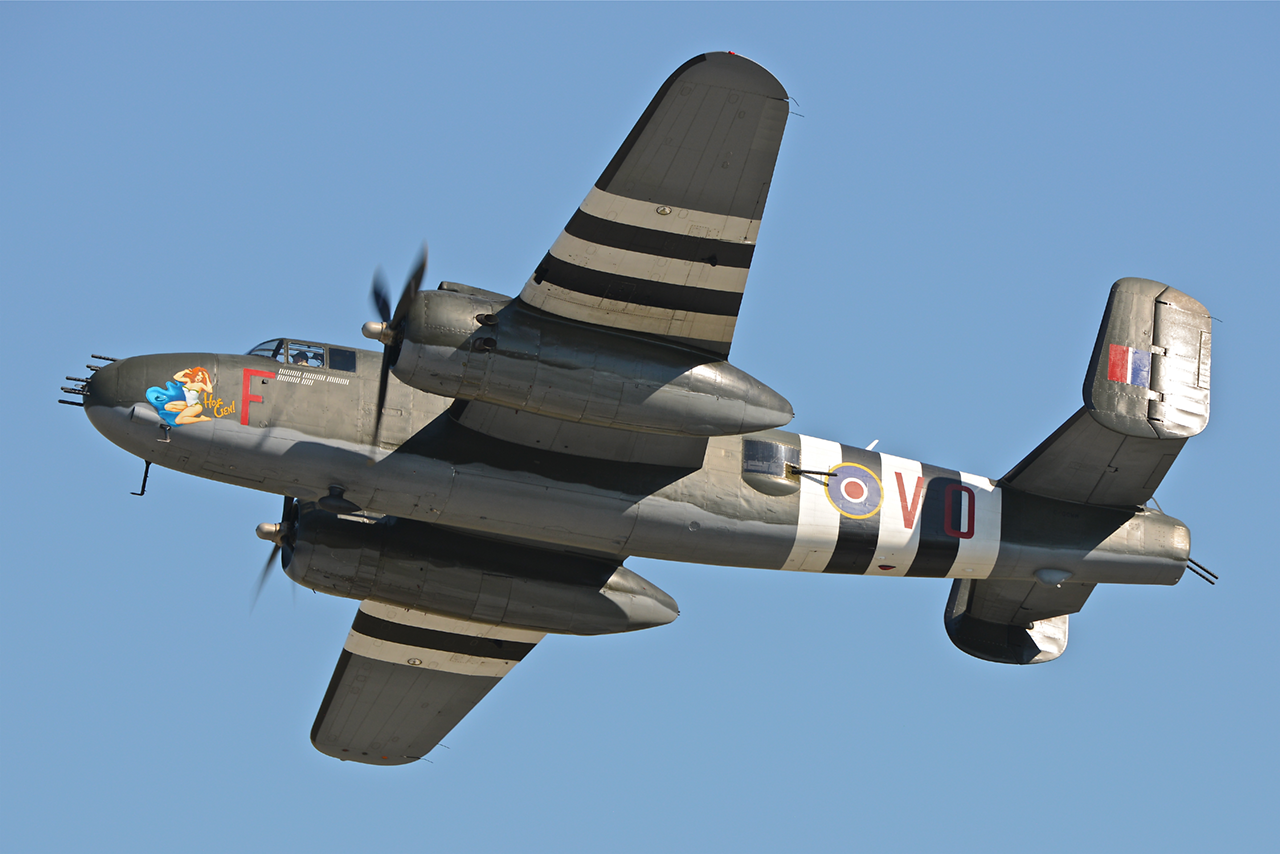
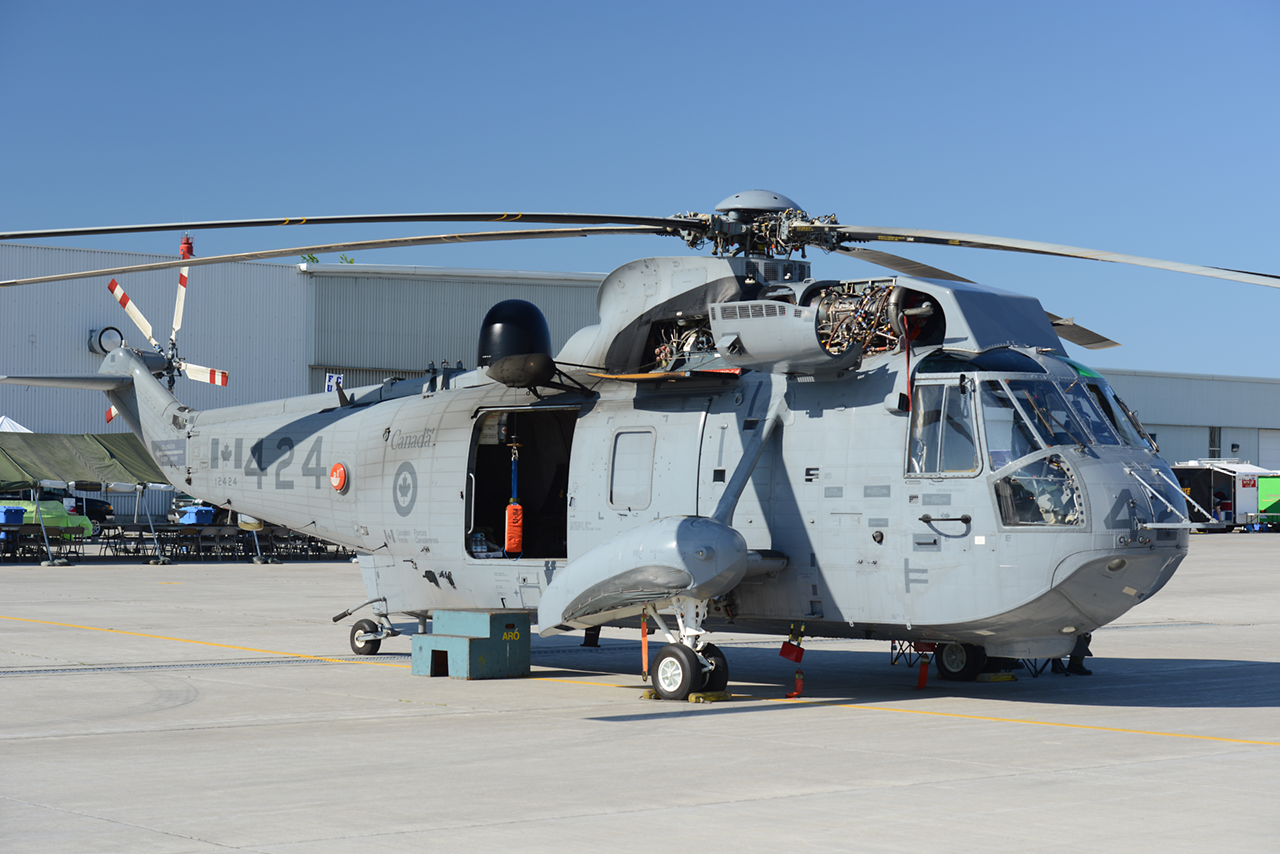
In June of 2016 Canadian Forces Base (CFB) Trenton hosted the Quinte International Air Show (QIAS) with a theme centred around the British Commonwealth Air Training Plan (BCATP). CFB Trenton is the largest base in the Royal Canadian Air Force (RCAF) and the home of 8 Wing, responsible for air mobility operations in Canada. Built between the war years to serve as the central training base for the country, it played a pivotal role when the BCATP was established in Canada producing some of the first instructors for both the Air Observers Schools and Flying Instructor Schools. Highlights over the years include a CF-105 Avro Arrow landing during testing in 1959 and missions by combat loaded McDonnell Douglas CF-188 Hornets assigned to Operation SUPPORT after the September 11th, 2001 attacks. Today the base is home to strategic airlift Boeing CC-177 Globemaster III’s, tactical airlift Lockheed Martin CC-130J Super Hercules, search and rescue (SAR) Lockheed CC-130H Hercules and Bell CH-146 Griffons and the multi-purpose Airbus CC-150 Polaris.
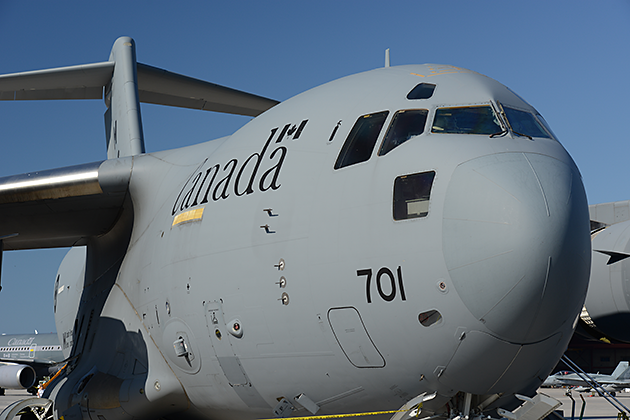
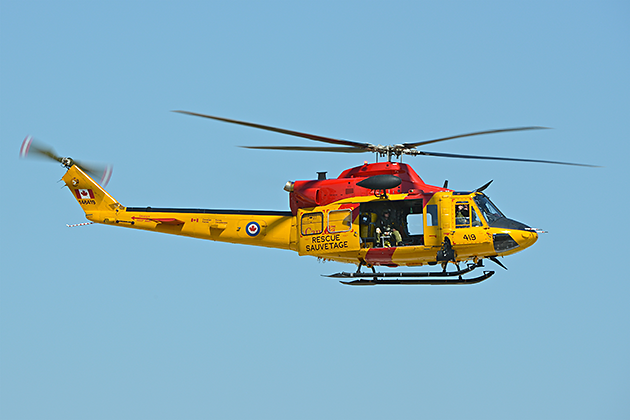
Located less than two hours drive east of Toronto, the base held this event biennially during the 1980’s and 1990’s, but the turn of the century was not kind to aviation events in Southern Ontario and it had been 7 years since an air show had last been held at the base. We positioned ourselves on the west side of the field giving us the advantage of enjoying a beautiful background of based aircraft parked on the apron in the distance when performers departed or recovered on Runway 06. The disadvantage of this location was our distance to show centre and the misfortune of having some of the acts turn before reaching us due to being at the edge of the display box.
Using the value of hindsight (this review is being written in March of 2020, during the COVID-19 isolation) Airbus eventually won the 14-year acquisition process in December of 2016 signing a 16 aircraft deal worth $2.4 billion dollars.
S. Clish
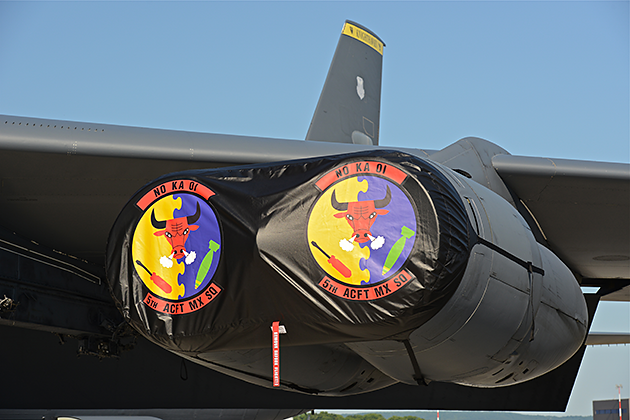
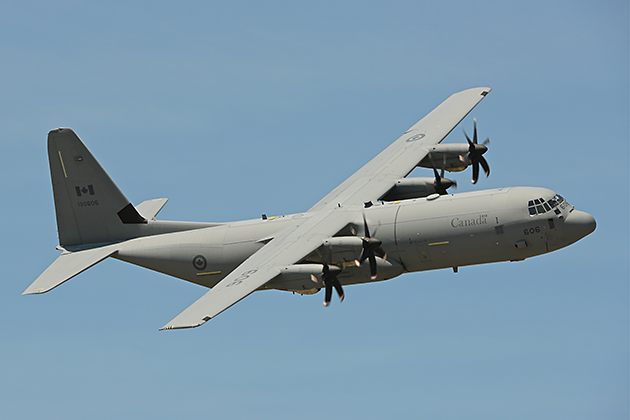
As Canada is a vast nation with a relatively small air force, distance and operational commitments usually restrict the availability of aircraft for aviation events. On this weekend however, the majority of the RCAF was on static display allowing spectators to examine the aircraft and meet the crews. Joining the Canadian displays were some very interesting international participants. The Royal Air Force brought a Boeing E-3D Sentry AEW1 while the United States Air Force provided a Boeing B-52H Stratofortress from Minot Air Force Base, North Dakota. Possibly the most important visitor was the Airbus C295 conducting a North American tour in an effort to procure the RCAF’s Fixed Wing Search and Rescue (FWSAR) contract. Competing against bids from the Leonardo C-27J Spartan and Embraer KC-390, the FWSAR replacement project was a modernization of the RCAF’s search and rescue fleet of de Havilland Canada CC-115 Buffalo and CC-130H aircraft. This was a much needed program emphasized by a 2013 Auditor General’s report that the National Defence did not have enough suitable search and rescue aircraft and highlighted by an unavailability of the CC-115 Buffalos in 2011 on 119 different SAR occasions. Using the value of hindsight (this review is being written in March of 2020, during the COVID-19 isolation) Airbus eventually won the 14-year acquisition process in December of 2016 signing a 16 aircraft deal worth $2.4 billion dollars. The first CC-295 has already started flying and delivery of the first aircraft is set for later this year. Eventually, CFB Trenton will be one of the bases to operate the still unnamed CC-295.
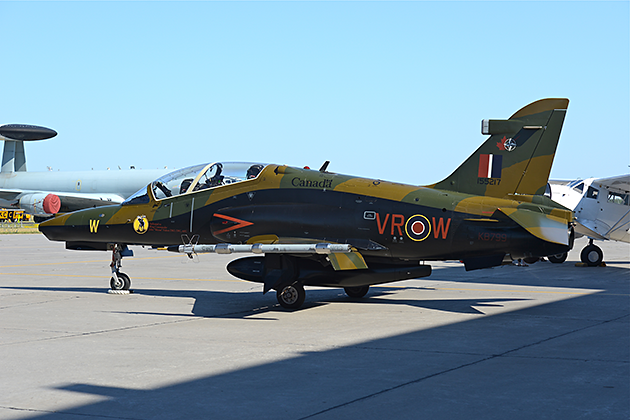
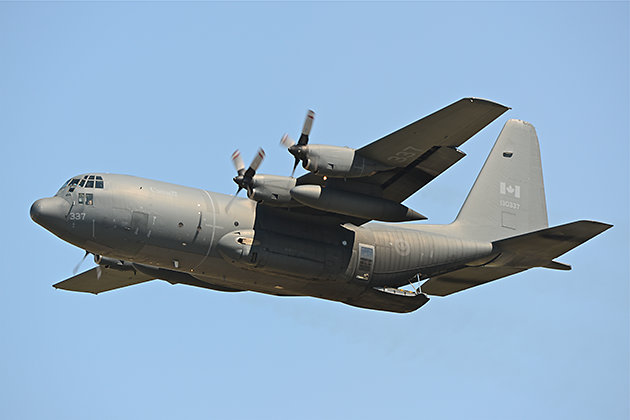
Search and Rescue operations have long been a controversial topic in Canada as there are only four bases equipped to meet the requirement and three of these bases are located in the southern part of the country. This was often on my mind as I piloted single-engine aircraft over the remote Canadian north, especially during the winter. The Joint Rescue Coordination Centre (JRCC) Trenton leads and directs all SAR operations in the Trenton Search and Rescue Region (SRR). The Trenton SRR is the largest in Canada, spanning more than 10 million square kilometres and includes Quebec, Ontario, the Prairies and the Arctic. JRCC Trenton responds to approximately 4000 calls for assistance per year and their primary asset is the 424 Transport and Rescue Squadron belonging to 8 Wing. 424 ‘Tiger’ Squadron started as a bombing squadron during World War II, flying bombing missions over Europe while assigned to 6 Group, Bomber Command. In 1968 the squadron converted to rescue operations and continues to carry out this assignment today. Each day a CC-130H and a CH-146 are crewed for a 30 minute standby during normal working hours and on a two hour callout at night to fulfill its mission. As part of the air show both aircraft displayed their capabilities as the Hercules first flew over with the ramp down allowing spotters to act as the eyes in the sky for the CH-146, which followed in its’ highly visible yellow and red livery, demonstrating hoist rescue operations with the use of a SAR Technician.
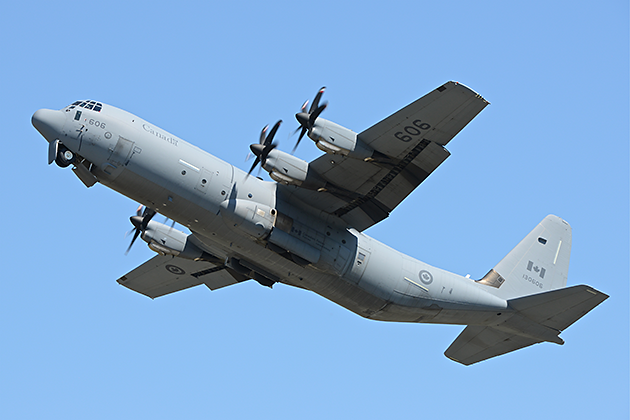
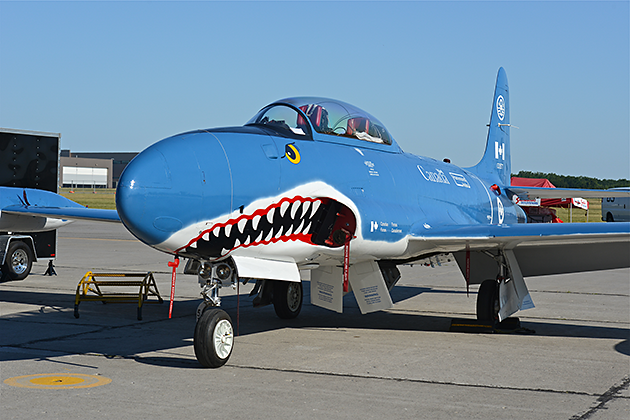
In 2007, Canada awarded Lockheed Martin with a $3.1 billion dollar contract for 17 CC-130J Super Hercules to replace the legacy E-models that were nearing the end of their operational life. While the exterior appearance of the new J-model is similar to that of older C-130’s, the aircraft is a considerable improvement to its’ predecessors. One of the more major upgrades is the switch to 4 x Rolls-Royce AE2100 D3 series turboprop engines, allowing the CC-130J to carry more passengers, equipment and supplies faster, higher and farther while burning less fuel. Tactically they can make use of smaller airfields and their climb rate is increased by up to 50 percent when compared to older models. The Super Hercules were delivered to Canada between 2010 and 2012 meaning the aircraft had never displayed for the public at their home base. The crew wasted no time showing off the enhanced takeoff performance as the CC-130J lifted off in a minimal amount of time and maintained an impressive angle in the climb. The spirited routine included a picturesque top side pass and a short-field landing followed by a reverse taxi. The aircraft belonged to 436 Transport Squadron which was formed in India during 1944 and used the famous C-47 Dakota to fly over ‘The Hump’ to supply troops and material to the 14th Army in Burma. Today, the workhorse of the RCAF continues to live up to its proud tradition and squadron motto “Onus Portamus” (“We Carry The Load”).
Starting early in the morning before the official show started, the B-25J known as “Hot Gen!” made multiple low passes along the runway, offering a more lively display than had been previously seen.
Shawn Clish
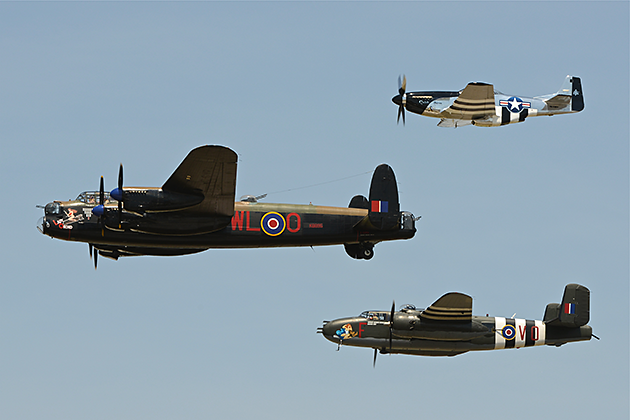
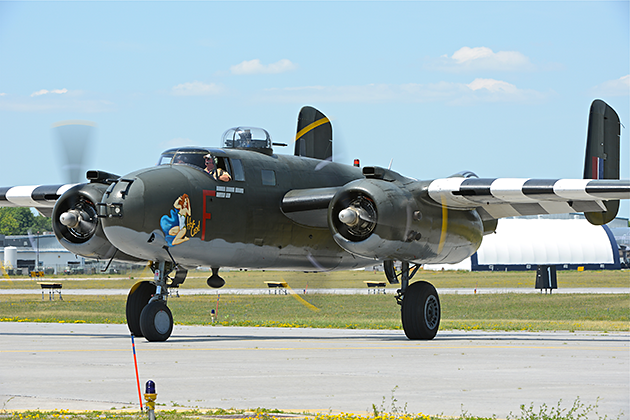
A salute to World War II veterans was performed by the Canadian Warplane Heritage Museum (CWHM) AVRO Lancaster Mk X and North American B-25J Mitchell in formation with the North American P-51D MUSTANG “Quick Silver“. The trio flew multiple passes for the crowd but it was actually the individual performances of the Lancaster and Mitchell that are most memorable. Starting early in the morning before the official show started, the B-25J known as “Hot Gen!” made multiple low passes along the runway, offering a more lively display than had been previously seen. The Lancaster also performed enthusiastically, as passes from the east were all the more special due to the temporary “Lady Orchid” paint scheme that was debuted at the CWHM Flyfest the week prior.
For 25 years the 'Mynarski Memorial Lancaster' wore the markings of 419 'Moose' Squadron, KB726, VR-A but from 2014-2016 the aircraft received temporary transformations to expand the history it represented.
Shawn Clish
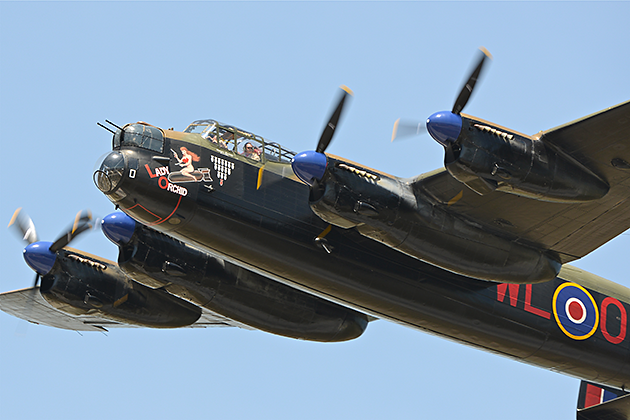
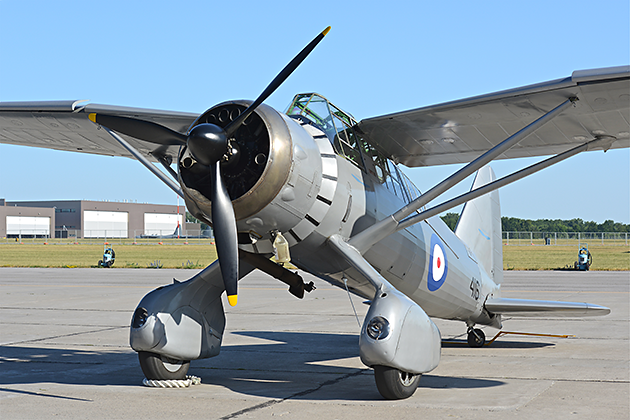
CWHM’s Avro Lancaster FM213 has always paid tribute to Pilot Officer Andrew Charles Mynarski’s heroic mission in June of 1944 that earned him a posthumous Victoria Cross, one of only 4 awarded to Canadian Airmen during World War II. For 25 years the ‘Mynarski Memorial Lancaster’ wore the markings of 419 ‘Moose’ Squadron, KB726, VR-A but from 2014-2016 the aircraft received temporary transformations to expand the history it represented. In 2016 that scheme belonged to Lancaster Mk X KB895 and it is because the centre section of CWHM’s Lancaster FM213 is actually originally from KB895. After being written off due to a crash landing at Trenton in 1952, FM213 was deemed unfit to fly and it was thanks to the availability of previously scrapped KB895’s centre section that FM213 was able to return to the skies.
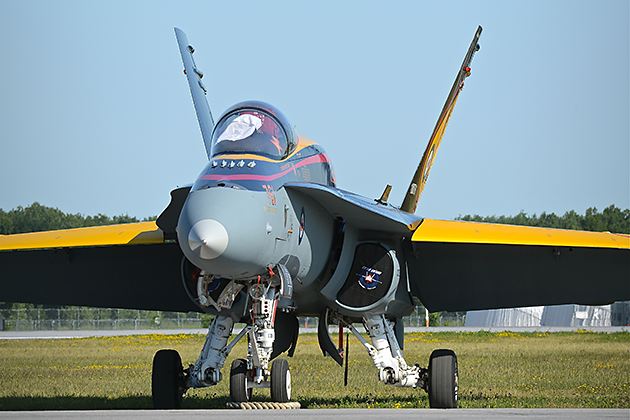
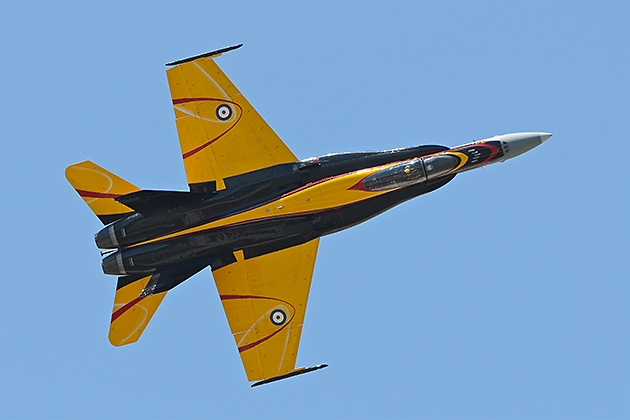
The CF-18 Demonstration Team was also commemorating the BCATP in 2016. Veteran Cold Lake artist Jim Belliveau was once again in charge of bringing the artistic design to life. The colour scheme features a lot of yellow, representing the ‘yellow bird’ World War II training aircraft, contrasted by black, symbolizing the darkness of war. The BCATP ran from 1939 to 1945 and was one of Canada’s most important contributions to the war, training 131 553 pilots, wireless operators, air gunners and navigators for Great Britain, Australia, New Zealand and Canada. The BCATP left its’ mark on Canada in a number of visible ways, the most obvious being the military air bases and commercial airports that were created for The Plan that are still in use today.
Unfortunately, due to a prior commitment, we were only able to enjoy the first half of the show, missing three quality acts as we headed back to Toronto. A CC-177 Globemaster III belonging to 429 Transport Squadron performed for the home crowd followed by the USAF F-22 Raptor Demonstration Team and the 431 Air Demonstration Squadron Snowbirds. While it was a shame to miss these displays, it was great to have spent some time at CFB Trenton on a beautiful day enjoying this event.
Verdict: The 2016 QIAS show was very successful, welcoming 80 000 visitors through the gates. The weekend weather was perfect and the show roster was very impressive, both on the ground and in the air. A follow-up show was planned in 2018 but that was cancelled due to a very busy operational tempo that was increased by a humanitarian assistance disaster response in the Caribbean. The base is also home to the National Air Force Museum of Canada featuring a significant collection of aircraft, including the only fully assembled Handley Page Halifax in the world. If and when a show returns, it is certainly worth a visit.
Shawn Clish / CHK6

